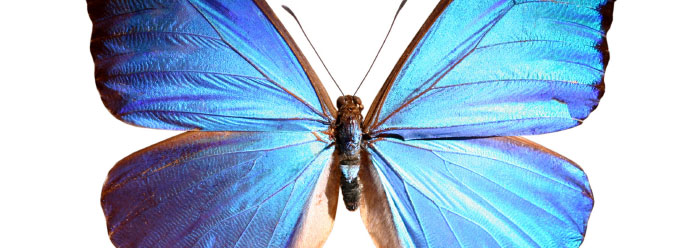Have “primitive fingers” really been discovered in a fossil fish?1 Many fish, fossilized or live, show bone structure in their fins, and evolutionary scientists have believed this to be evidence that land creatures evolved from fish. So many different fish kinds have been honored as our true evolutionary ancestors that it seems likely that these interpretations have not been based on the fossil evidence, but rather on the assumption of evolution itself.
One candidate for an evolutionary transition from liquid to land was the coelacanth, a lobe-finned fish. However, “although the living coelacanth was hailed as ‘Old Four Legs,’ in fact, it now appears that the similarities between coelocanths and tetrapods are not as close as once appeared.”2 Tetrapod means “four-feet” and in this context refers to the hypothetical four-legged amphibian into which some fish theoretically evolved. Many scientists now believe that the coelacanth represents an evolutionary dead end, especially due to the fact that it is still alive in deep oceans, is structurally unchanged from its supposedly 65-million-year-old fossilized predecessors, and uses its bone-containing lobed fin exclusively for swimming, not waddling on muddy banks.
Another evolutionary scenario holds that the switch from gills to lungs was more critical than that of fins to feet, so some scientists hypothesize that lungfish were the true ancestors of land creatures.3 But again, lungfish are alive and well-suited to their mode of life, with no evidence of transition to some amphibian form.
One chapter of the book Gaining Ground: The Origin and Early Evolution of Tetrapods lists nine different possible fish-to-tetrapod family trees.2 However, it was published prior to a 2006 fossil discovery that, according to the discoverers, “proves that features of land-living tetrapods evolved much earlier in their evolutionary history than previously thought….This little fossil fish, Gogonasus, is therefore the ultimate 'Mother' of all tetrapods.”4
Now, Panderichthyes’ “rudiments of fingers” have been unveiled as “the key piece of the puzzle that confirms that rudimentary fingers were already present in ancestors of tetrapods.”5 However, labeling the CT-scan images of fossilized structures as “rudimentary fingers,” and claiming that these fish were ancestors of anything other than more fish, begs the question of our fishy ancestry in the first place and ignores the possibility that the bones were designed to fit this (presumably) extinct fish’s lifestyle.
So, in the last century at least three kinds of fish have been cited as ancestors of all four-legged land animals. The confusion that characterizes the supposed evolution of fish-to-tetrapods results from the total absence of a clear progression of fossil forms. The paleontology of vertebrate evolution is a morass of “questions of which arose first, when, and how.”2 Until an objectively discernible—as opposed to interpretively driven—series of transitional fossils emerges, there is no scientific reason whatsoever to doubt that “God created…every living creature that moveth, which the waters brought forth abundantly, after their kind, and every winged fowl after his kind: and God saw that it was good.”6
References
- Bryner, J. Fish Fingers: Your Digits Used to Be Fins. Posted on LiveScience.com September 21, 2008, accessed September 24, 2008.
- Clack, J. A. 2002. Gaining Ground: The Origin and Evolution of Tetrapods. Bloomington, IN: Indiana University Press, 50, 77.
- Rosen. D. E. et al. 1981. Lungfishes, tetrapods, paleontology, and plesiomorphy. Bulletin of the American Museum of Natural History. 167 (4): 159-276
- West Australian fossil find rewrites land mammal evolution. Monash University press release, October 19, 2006, reporting on research published in J. A. Long, G. C. Young, T. Holland, T. J. Senden and E. M. G. Fitzgerald. 2006. An exceptional Devonian fish from Australia sheds light on tetrapod origins. Nature. 444 (7116): 199-202.
- Primordial fish had rudimentary fingers. Uppsala University press release, September 22, 2008.
- Genesis 1:21.
* Mr. Thomas is Science Writer.
Article posted on October 1, 2008.














